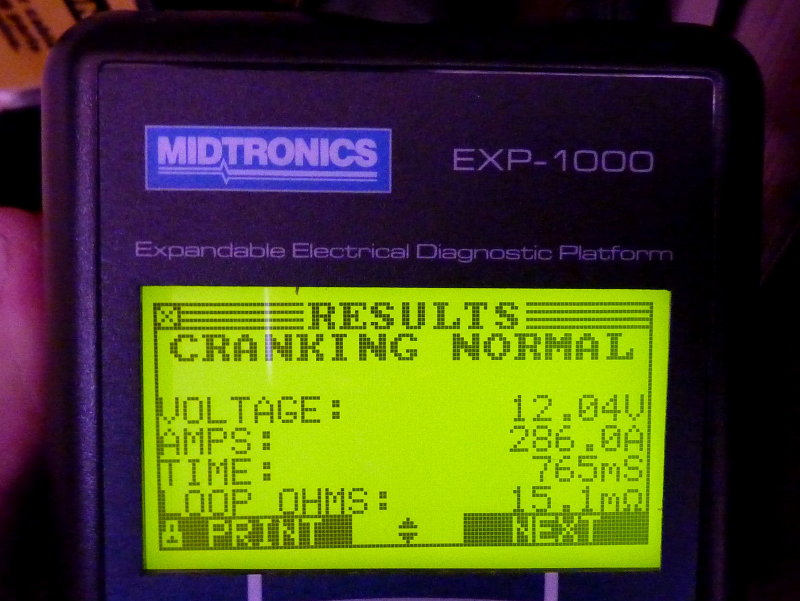1982 Catalina27, Universal 5411. Mostly original wiring (I think). Battery wires currently #6.
After reading as much as I could here and asking some questions I'd like to get comments on my proposed wiring diagram. I'm increasing wire size to #4, running the alternator straight to battery #1, adding an ACR, ground busbar, and fusing, connecting alternator and starter ground together.
Questions I still have:
-is #4 wire size ok? The alternator is only 55A and I don't envision going larger or adding more battery capacity, just weekend cruising with minimal DC requirements.
-is stacking 2 or 3 lugs on the MRBF ok?
-are my fuse sizes appropriate?
-would the new BlueSeas mini-ACR (65A) be ok to use, instead of the SI-ACR? Smaller and less expensive.
I'm also going to eliminate the trailer plugs, and remove the ammeter from the engine panel, but those are simpler jobs.
Thanks in advance for any thoughts and advice. There's a wealth of knowledge here and a bunch of great folks.
After reading as much as I could here and asking some questions I'd like to get comments on my proposed wiring diagram. I'm increasing wire size to #4, running the alternator straight to battery #1, adding an ACR, ground busbar, and fusing, connecting alternator and starter ground together.
Questions I still have:
-is #4 wire size ok? The alternator is only 55A and I don't envision going larger or adding more battery capacity, just weekend cruising with minimal DC requirements.
-is stacking 2 or 3 lugs on the MRBF ok?
-are my fuse sizes appropriate?
-would the new BlueSeas mini-ACR (65A) be ok to use, instead of the SI-ACR? Smaller and less expensive.
I'm also going to eliminate the trailer plugs, and remove the ammeter from the engine panel, but those are simpler jobs.
Thanks in advance for any thoughts and advice. There's a wealth of knowledge here and a bunch of great folks.
Attachments
-
235.8 KB Views: 582


